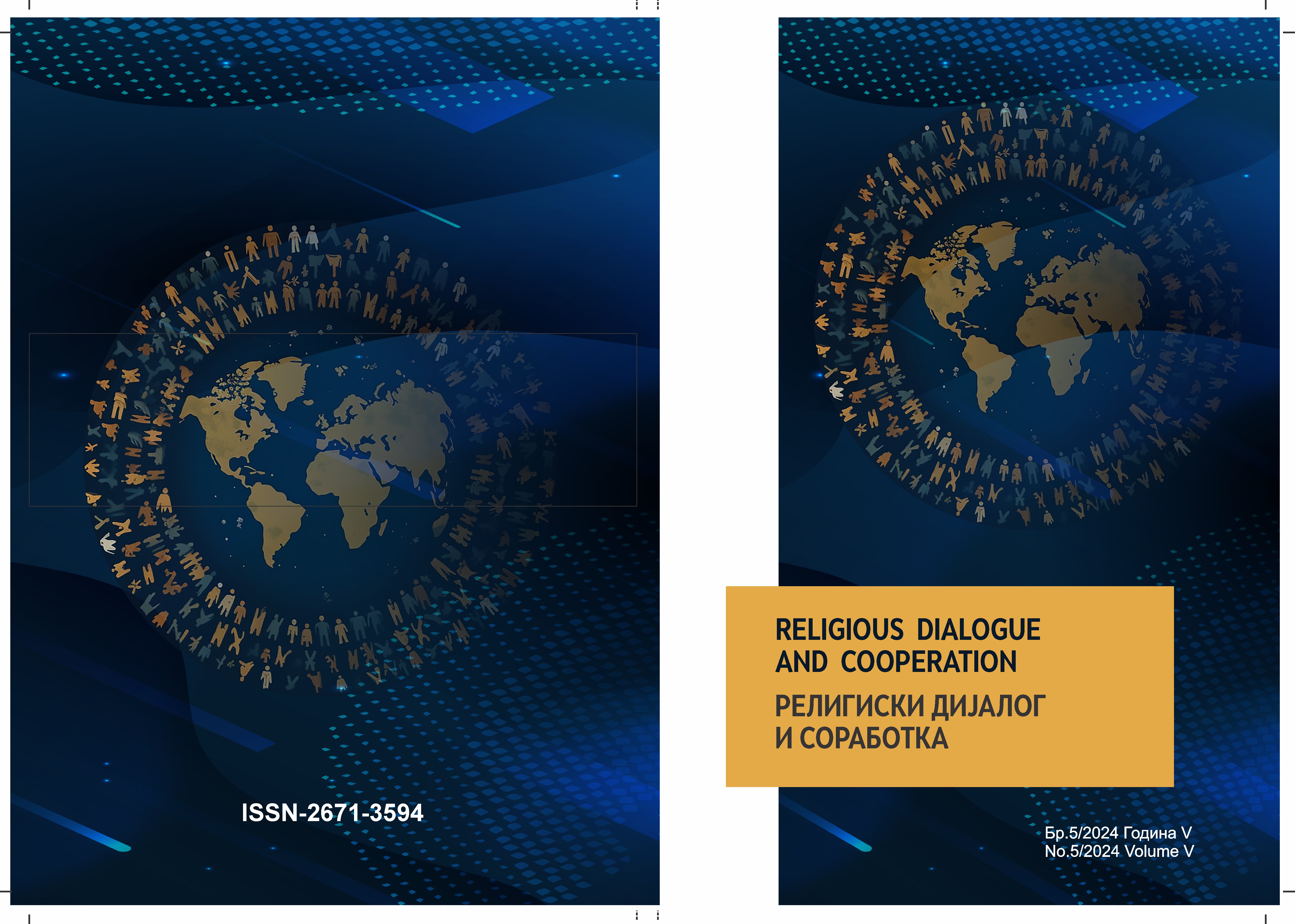THE RISE OF THE BAHA’I FAITH COMMUNITY IN TUNISIA
DOI:
https://doi.org/10.47054/RDC245599sKeywords:
Bahá’í, Religion, conflict, coexistenceAbstract
The Bahá’í faith derives from Babì movement and takes its first steps in Persia during
the first half of the 19th century. Bahà’u’llàh reveals to be the new Manifestation of God in 1863.
Thanks to his successors, the Bahá’í faith transcended its geographical boundaries, initially Persian
and Arab, by embracing Western Countries and adapting its characteristics to those cultural contexts.
Commencing from my doctoral project, the contribution aims to focus on the presence of the
Bahá’í religious minority in Tunisia, which arrived in the 1920s of the 20th century. The Country,
in addition to the Bahá’í one, welcomes the Shiite Muslim minority, as well as various Christians,
which can be categorized as indigenous (converted Tunisians), European, Sub-Saharan, and the
Jew minority. The presence of the Bahá’í community, as reported by the Association of Religious
Data Archives (ARDA), is estimated to be around 2,000 believers, however, it appears to engage in
a fluid coexistence with other religions and navigate a cold conflict within a predominantly Sunni
Muslim context. The oral testimonies range from examples of “peaceful coexistence” to “fear of
openly declaring oneself”. Moreover, they reveal that the number of believers ranges between 200
and 250, as many believers do not officially declare their affiliation.Prior to the Revolution in 2011,
nobody dared to openly acknowledge their affiliation with the Bahá’í faith; subsequently, thanks
to a newfound spirit that has animated religious, national, and ethnic minorities (including Berber
and Black communities) – Bahá’í adherents have reported an increased sense of freedom of
expression. However, instances of believers experiencing apprehension regarding potential acts of
violence and discrimination persist.





